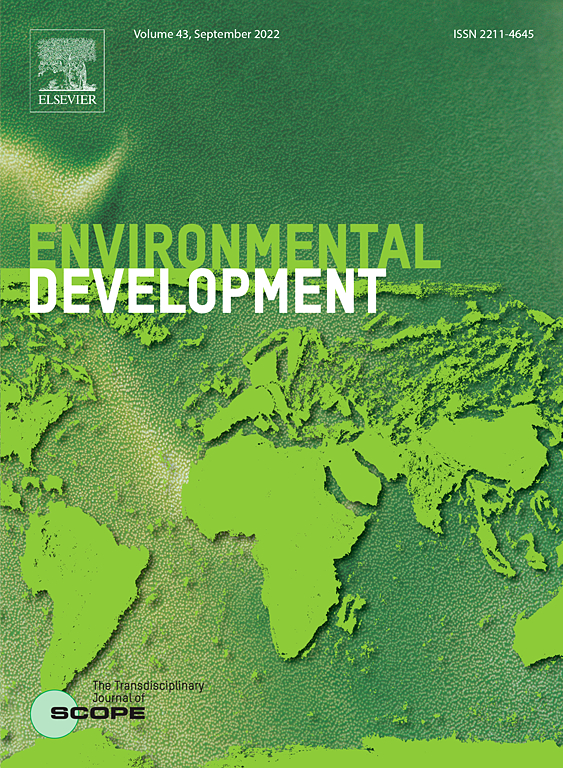Socio-economic determinants of land use and land cover change in South-Kivu wetlands, eastern D.R. Congo: Case study of Hogola and Chisheke wetlands
Abstract
In the South-Kivu province, wetlands are mainly converted into farmlands to ensure food and income security among rural populations. This study aimed at assessing the land use and land cover (LULC) change for the last three decades (1990–2020) in South-Kivu wetlands; mainly the Hogola and Chisheke, in Walungu territory, eastern Democratic Republic of Congo (DRC). Socio-economic determinants of LULC in the two wetlands were also assessed. Google earth (CNI/airbus) and airborne images were used for LULC while socio-economic data were collected through a survey questionnaire from 369 households. The Chi-squared Automatic Interaction Detector (CHAID) model allowed assessing factors determining conversion of wetlands' use. For the last three decades, there were 30 and 40% decreases in the acreage covered by Hogola and Chisheke wetlands, respectively, as a result of rapid farmland expansion and brick making. Farmers perceived wetlands as wastelands and thus unfit for agriculture and brick making activities. These two human activities provided significant monetary benefits to wetland users though the profitability of agriculture was dependent on practiced crops. The conversion of wetlands into farmlands was driven by annual household income, wetland utilization patterns, households' main activity and the seniority in exploiting wetlands. The perception of wetlands as degraded and wastelands, the exploited acreage and the farmer gender had also influenced significantly wetland conversions. On the other hand, perceiving wetlands as wastelands depended on the age of the household head, the inclination to brick making activities, the household's main activity and crop, and the wetland traditional/cultural values in the South-Kivu province. Though generating significantly higher annual incomes than any other land use in target wetlands, the conversion of wetlands for agriculture and brick making, under the current practices, is unsuitable for their sustainable management (use), as recommended to achieve the RAMSAR objectives of “wise use” of wetlands.

